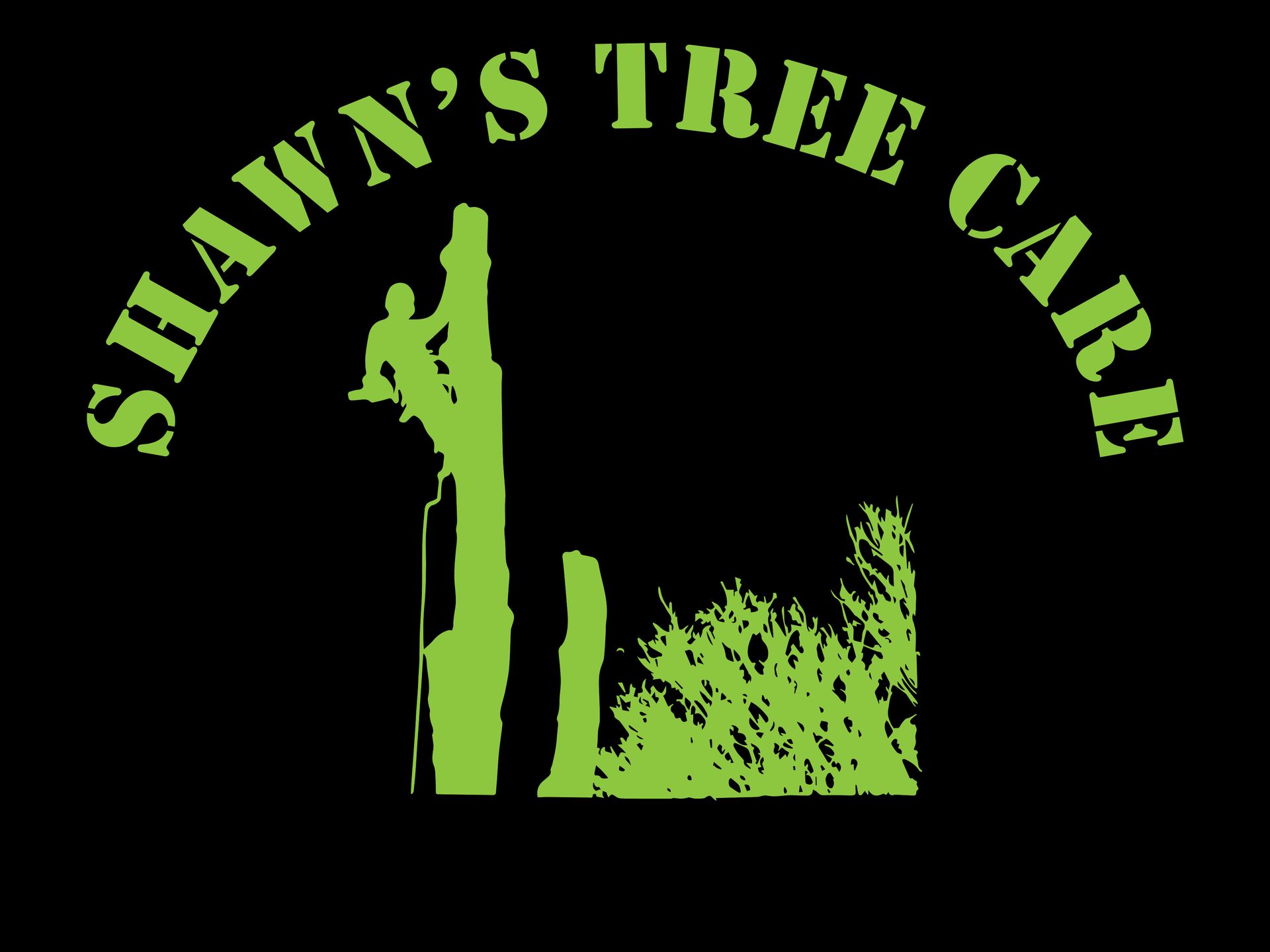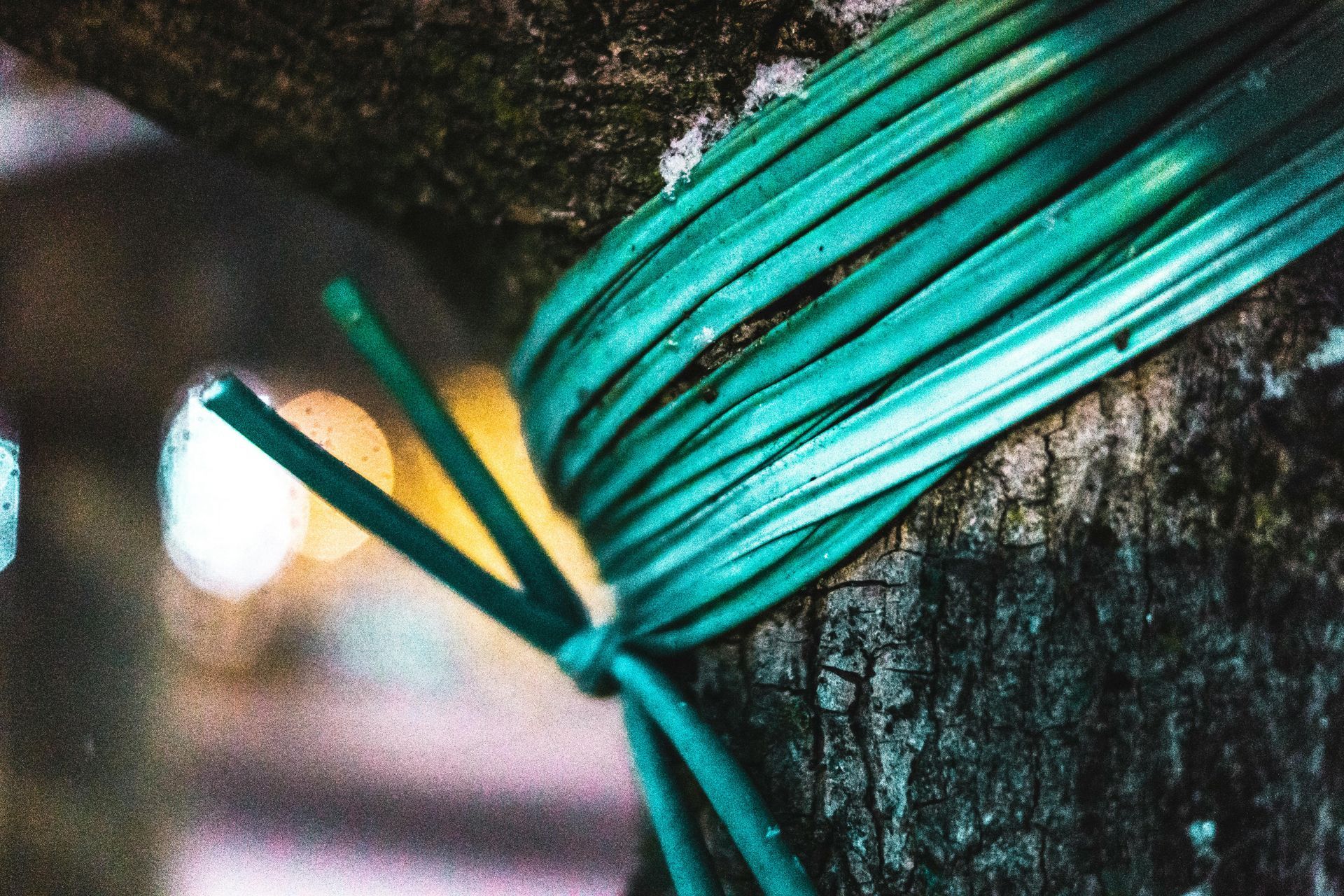7 Signs Your Trees Need Professional Trimming Soon
Key Takeaways
- Regular trimming keeps trees healthy, safe, and attractive.
- Dead branches are dangerous and can fall without warning.
- Overgrown limbs might damage roofs, power lines, or block views.
- Cracks, pests, or diseases often signal a tree needs attention.
- Professionals know how to tell if a tree needs trimming safely and effectively.
- Proactive care protects property value and your landscape’s beauty.
Why Tree Trimming Matters
Tree trimming isn’t just about making your yard look neat. It’s an important step in keeping your property safe and your trees in good shape.
- Health: Removing dead or damaged branches helps stop disease from spreading and allows sunlight and fresh air to reach the tree’s inner canopy. This keeps trees stronger and healthier.
- Safety: Heavy branches can break off during storms or high winds. Falling limbs might damage roofs, fences, vehicles, or even cause injuries.
- Appearance: Pruning helps trees keep a balanced shape, adding curb appeal and boosting your property’s value.
- Protection: Branches that grow too close to your house can scrape siding, block gutters, or tangle with power lines. Trimming keeps these problems in check.
7 Signs Your Trees Need Professional Trimming Soon
1. Dead or Hanging Branches
Dead branches are easy to spot because they look dry, brittle, and often discolored. Many have no leaves at all, even when the rest of the tree looks healthy and full. If you see dead branches high up or close to your roof, leave the tree removal to a professional. They have the right tools and skills to handle the job safely.
Here’s why it matters:
- Dead limbs can fall without warning, even on calm days.
- Hanging branches create risks for people, pets, vehicles, and property underneath.
- Removing deadwood keeps trees healthier by stopping decay from spreading.
2. Dense or Overgrown Canopy
Trees stay healthy when sunlight and fresh air can reach their inner branches. A canopy that grows too thick blocks light, weakens growth, and makes trees more vulnerable to disease. Trimming and pruning helps thin out crowded areas, allowing more light to reach every part of the tree and keeping it strong and lively. It also prevents branches from getting so heavy that they snap under their own weight.
Signs of an overgrown canopy:
- Very little sunlight filters through the branches.
- Leaves cluster mainly at the outer edges, leaving the center bare.
- Branches cross and rub together, creating wounds and damage.
3. Branches Touching Structures or Power Lines
One of the biggest red flags in how to tell if a tree needs trimming is when branches creep close to your home or utility lines. If your tree is near electrical lines, never try to trim it yourself. Contact a professional who knows how to navigate these risks safely and legally.
Problems this causes:
- Branches can scrape roofs, siding, or windows, leading to costly tree removals.
- Limbs near power lines pose serious fire hazards and power outages.
- Overgrown trees may block driveways or pathways.
4. Visible Cracks or Splits in Branches
Healthy trees usually have sturdy, solid branches. When you see cracks or splits, it’s a sign of weakness that could cause branches to break. These issues might seem small at first, but they often get worse over time. Pruning, cabling, or bracing stabilizes the tree and prevents bigger problems down the road.
Watch for the following:
- Vertical splits running along the length of a branch.
- Cracks where large limbs attach to the trunk.
- Bark peeling away and exposing bare wood underneath.
5. Signs of Disease or Infestation
Trees, just like people, can suffer from diseases or pests. Catching problems early can often save the tree and keep your yard healthy. Trimming away affected areas can help stop problems from spreading. One of the ways that can help is through stump grinding, which comes with several benefits that prevents diseases and infestation.
Possible signs to watch for:
- Leaves that look discolored, spotted, or unusual.
- Foliage wilting even though the tree gets enough water.
- Odd growths like cankers or fungi appearing on the trunk.
- Tiny holes in branches or piles of sawdust at the tree’s base, which could mean boring insects are present.
6. Uneven Growth or Shape
Healthy trees often grow with balanced crowns and evenly spaced branches. When growth becomes lopsided, it puts stress on the trunk and can cause safety concerns.
Common causes include:
- Wind pushing the tree in one direction over time.
- Trees leaning toward sunlight because of shade from nearby buildings or other trees.
- Uneven weight that makes certain branches more likely to snap.
Professional trimming can restore a more balanced shape and help protect your tree from long-term structural damage.
7. Obstructed Views or Walkways
Overgrown branches can block windows, driveways, sidewalks, and scenic views. While this might seem like a minor cosmetic issue, these obstructions can create real safety concerns. Trimming clears these obstacles, making your property safer, more functional, and more visually appealing. One of the best ways to solve the problem is to clear the land of any trees that might be problematic to the area.
Potential issues include:
- Low-hanging limbs over sidewalks can cause trips or injuries.
- Trees that block driveway sightlines increase the risk of accidents.
- Dense branches keep natural light from reaching your home’s interior.
Benefits of Hiring Professional Tree Services
While small pruning jobs may seem manageable, larger or more complex work is best left to professionals. Investing in professional help ensures your trees remain healthy, attractive, and safe.
Here’s why you need their help:
- Safety: Working at heights or with chainsaws is risky without proper training. Professionals reduce the danger of accidents.
- Expertise: Arborists understand tree biology and proper pruning techniques. They know how to encourage healthy regrowth rather than cause damage.
- Equipment: Professionals have specialized tools for efficient and precise work.
- Insurance: Reputable companies carry insurance to protect you in case of accidental property damage or injuries.
Frequently Asked Questions
How do I know if my tree needs trimming or removal?
Look for warning signs like large dead branches, cracks in major limbs, leaning trunks, or visible decay. If you’re unsure, an arborist can assess the tree and help you decide if trimming is enough or if removal is safer.
How often should trees be trimmed?
Most trees benefit from trimming every two to three years to maintain health and shape. Faster-growing species or trees in tight spaces might need annual attention to prevent overgrowth or hazards.
Can I trim my trees myself?
You can handle light pruning on small, low branches if you have the right tools and knowledge. For taller trees, heavy limbs, or work near power lines, it’s safest to call a professional to avoid injuries and property damage.
Will trimming hurt my trees?
Not when done correctly. Skilled arborists know how to make precise cuts that promote healthy growth and protect trees from disease or stress. Over-pruning or improper cuts, though, can weaken a tree, so it’s wise to hire an expert for bigger jobs.
Does tree trimming help prevent storm damage?
Absolutely. Trimming removes weak, heavy, or overextended branches from storm-damaged trees. Keeping your trees well-maintained lowers the risk of falling limbs and protects your home and property when severe weather hits.
Final Thoughts
Trees bring life, shade, and beauty to any property, but they need the right care to thrive. By learning how to tell if a tree needs trimming, you protect your home, your family, and the trees themselves. Whether it’s dead branches, overgrown canopies, or signs of disease, early action keeps your landscape healthy and good looking for the long term.
Shawn’s Tree Care specializes in tree trimming and
seasonal tree health assessments. Our certified arborists know exactly
how to tell if a tree needs trimming and how to keep your landscape beautiful and safe.
Contact us today for a free consultation and discover how we can help your trees thrive.

